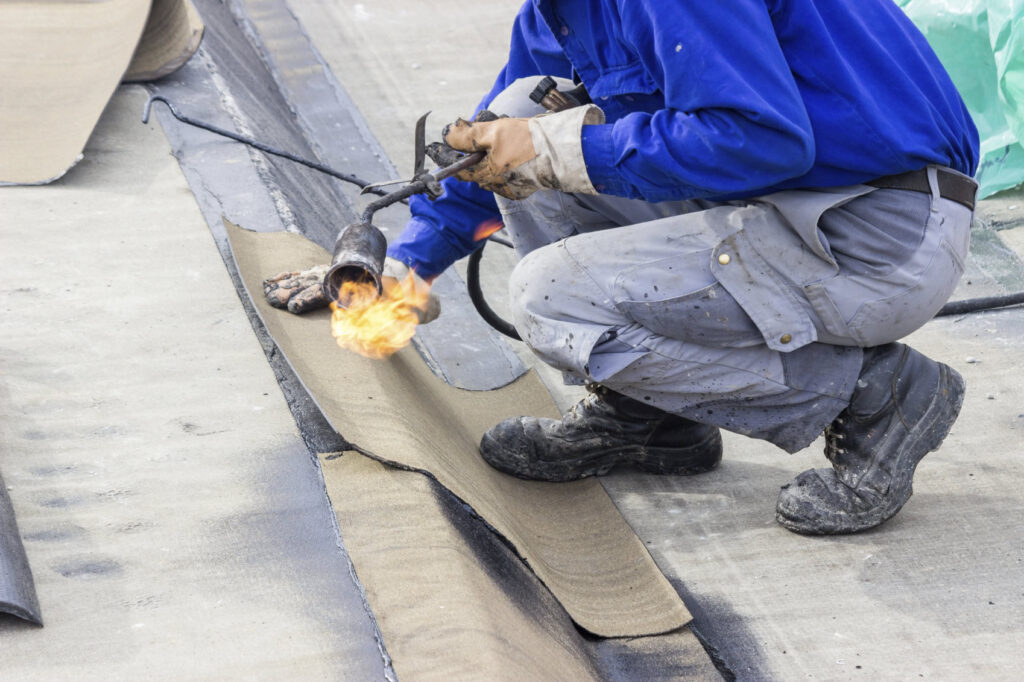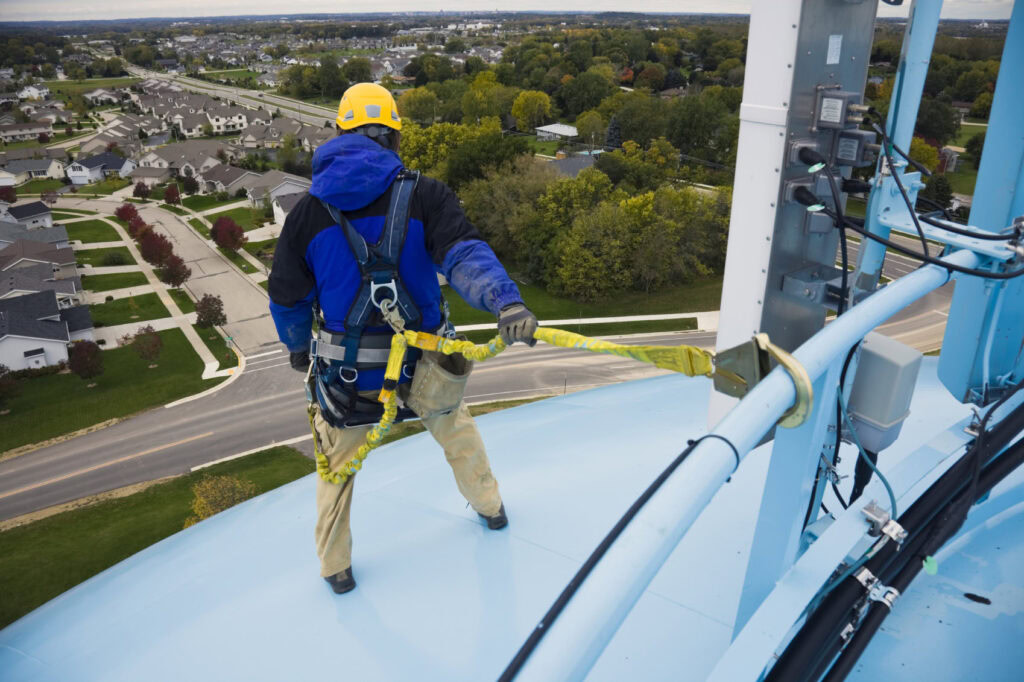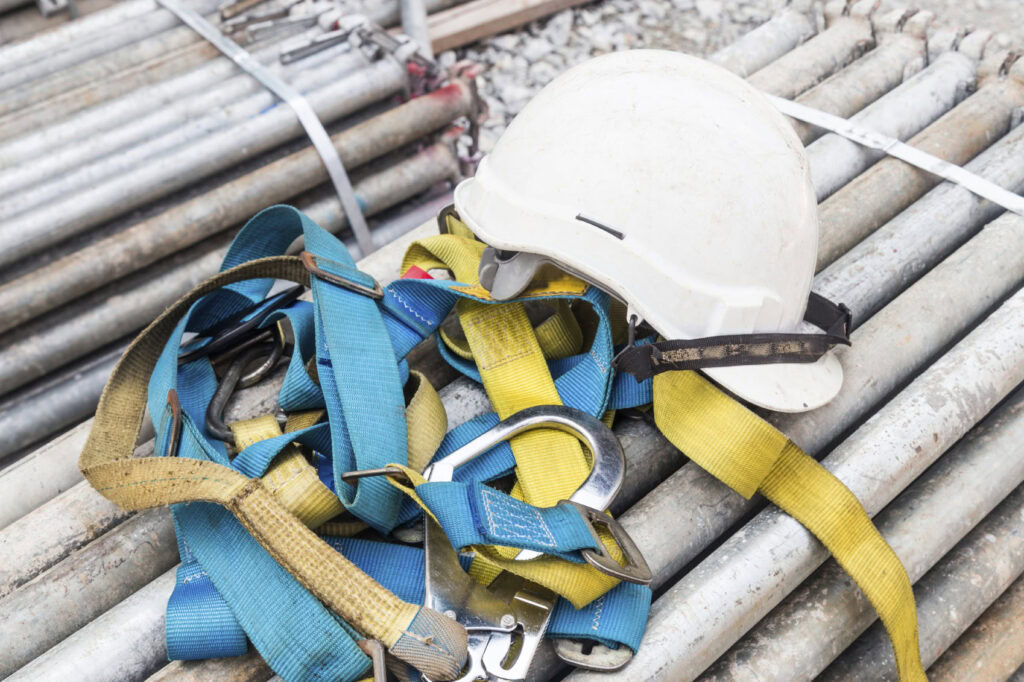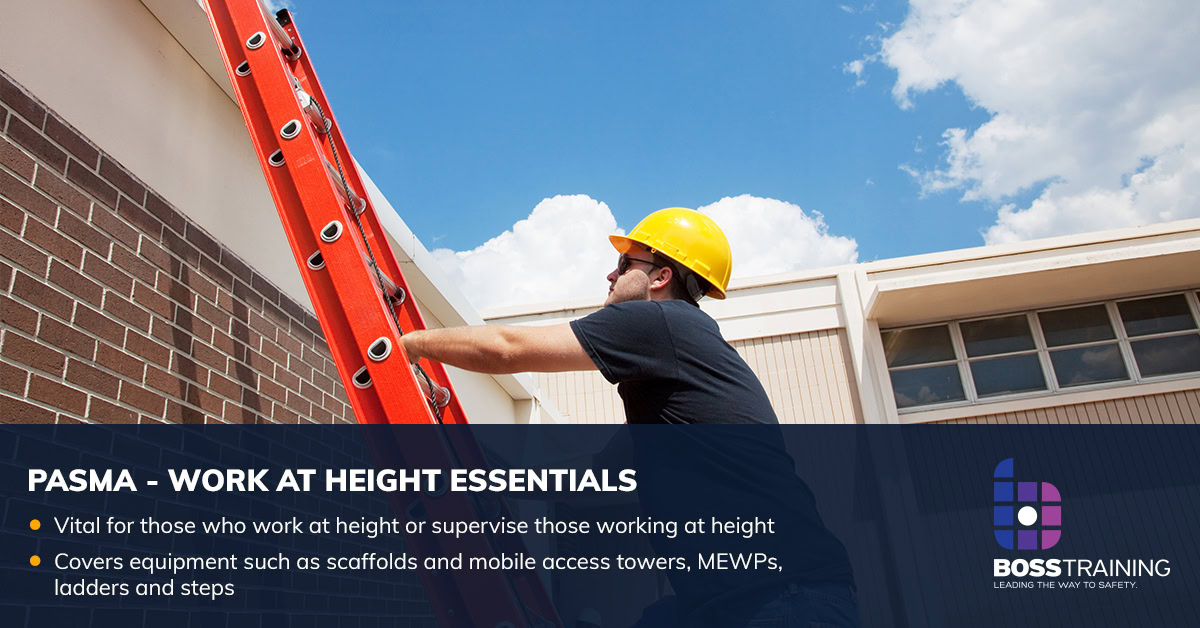Whether by slipping, tripping, or the equipment malfunctioning, falling from a height can be a deadly endeavour. Regardless of your industry, there are many ways that your employees can fall when they are working at heights, many which can be avoided with proper training and advice.
Falling from a Ladder
For works of short duration, ladders and stepladders are often used. Ladders should preferably be secured at the top or footed and positioned so that they are close to the work, so that over-reaching is avoided. The base needs to be protected to ensure neither pedestrians nor vehicles can bump into the ladders.
With stepladders, they should always be opened to their full extent and locked off. The top tread, the rear part of the steps, and tool shelf, shouldn’t be used as foot support, alongside the top platform that should be avoided. Only one worker should be on the stepladder at a time, with it being both the correct grade and appropriate for the intended use.
Falling from a Mobile Elevated Platform
When utilising elevated platforms, it is essential to use them only on firm and level ground at all times. A trained worker must work at ground level to ensure that work is conducted to the utmost safety standards and safety harnesses are required to be worn while on the platform. In addition, the platform must be kept within a safe working limit and radius, to ensure that wind speeds are taken into account.
Falling from a Roof
Falling from a roof or through a roof are concerns when working at height. Whether your workers are in warehouses, factories, office buildings, or another type of property that requires work at height, rooftop access can often lead to accidents happening. You must advise your workers and provide training to guarantee they are clear

Scaffolding should always be erected only by competent workers trained on how to safely do so. In addition to having to be maintained and inspected regularly, scaffolding needs to have all caster firmly locked before it is used and should never be moved while workers are utilising it. Should ladders need to be used with scaffolds, they need to be in good condition, suitable for the purpose, and tied securely to prevent movement. They should also extend at least one metre above the landing point to ensure workers can have a secure handhold when they step off.
Falling from Access Equipment
Training should always be provided for those erecting and using access equipment to ensure its proper and safe positioning. The fall of both workers and objects must be prevented, and all access equipment has to be maintained and inspected to the utmost standards. Reach shouldn’t be increased by placing ladders on the access equipment, which needs to fit the purpose which it is needed for.
Falling from a Machine
When workers are required to clean, maintain, or operate a machine, there is risk associated with every procedure. When workers aren’t properly informed about how to safely proceed, there is a risk of falling and severe injury.
Falling Because of Unsuitable Equipment
It may seem easy or innocuous to utilise objects such as boxes or chairs to reach places at a height, however, this may cause serious accidents to happen. These items often move easily due to their instability and unsuitability for the task, causing workers to slip and fall.

Falling from a Vehicle
A heavy goods vehicle (HGV), for example, might require access to its upper section for maintenance, and falling from such a height could seriously injure a worker. Similarly, workers often fall from the load area, which may not seem like work at height for being below average head height. However, workers don’t have to fall far to land hard.
Falling Because of Unfenced Areas
Any height above average head height can cause serious injury, and work in areas in which there is a significant drop can be deadly. These areas should be fenced to ensure workers don’t slip and fall through unguarded areas from a height.
Falling Through a Skylight
Skylights require screens or guardrails to ensure that workers don’t fall through them accidentally. Knowing how to choose the right protection equipment to guard workers against falling will reduce the probability of a fatal accident occurring.
Falling Because of Unsuitable Floor
When working at heights, it is vital that the floor surface is clear of debris and slippery substances that can cause workers to fall. Workers need to be informed of the right procedures to take to guarantee free surfaces when working.

IPAF training can help you and your employees to be informed about good practices to undertake while working at heights. Here at Boss Training, we always ensure that you have the right tools for safe work in your workplace.
Get in touch with our expert team to find out more about our courses.


